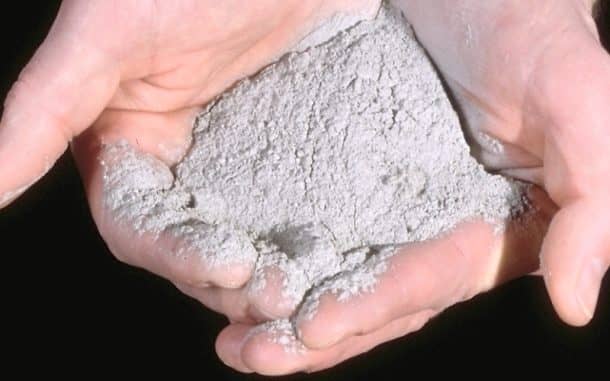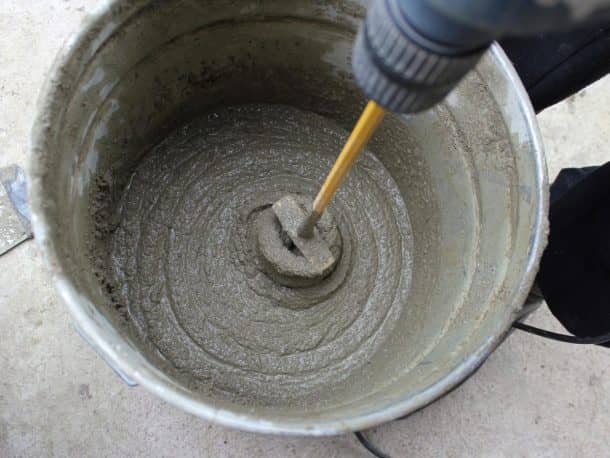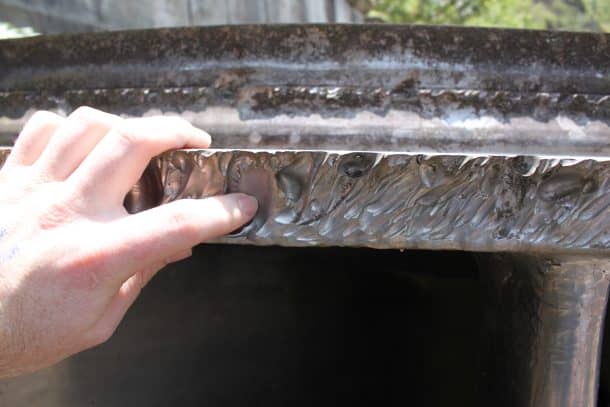Cement is one of the basic building blocks of the modern civilization and also plays an important role in the biggest threats that nature is facing. Production of cement accounts for almost five percent of the global CO2 emission. The scientists are looking for ways that can reduce the emission of CO2. A team of researchers from MIT recently found that if the volcanic ash is added to the mixture of cement, it will make the structures stronger as well as it will also be more environmentally friendly.
In the past, MIT has worked to irradicate plastic bottles and tweaking calcium levels to improve the cement production. This time, they are using volcanic ash which has many advantages and disadvantages as an ingredient in the cement recipe. The volcanic ash can be found abundantly around any active or inactive volcano. It is not used anywhere. But when reduced to powder and mixed with water and few other materials, it forms a cement-like paste. Stephanie Chin from MIT Department of Civil and Environmental Engineering (CEE) said, “Cement production takes a lot of energy because there are high temperatures involved, and it’s a multistage process. That’s the main motivation for trying to find an alternative. Volcanic ash forms under high heat and high pressure, and nature kind of does all those chemical reactions for us.”

While exploring the potential of the new ingredient, the team led by Chin and another study co-author Kunal Kupwade-Patil started with existing data on the embodied energy of various industrial processes associated with the production of cement. This indicates the total energy which is used to do things like crush rock, cure cement or produce concrete. Using the given data, the team calculated the total embodied energy for cement recipe which contains different proportions of volcanic ash. The proportion ranges from 10 to 50%. After that, the team produced some samples in the lab.
The researchers also found that when they mixed 50% of traditional cement with volcanic ash, which was in powder form in a particle size of 17 micrometres, the embodied energy of the concrete that was formed as a result was reduced to 16%. However, the overall strength of the material was enhanced. When the ash was reduced to a particle size of 6 micrometres, it also greatly boosted the strength and created more surface area for the mixture of water and the cement. They are now looking to apply knowledge to the real world. They have considered a residential area in Kuwait which has 13 residences and 14 commercial buildings which were made from the regular Portland cement. They used drones over the building to capture the images and take measurements. The data obtained was then combined with the data obtained from the local authorities.

Based on their earlier work, scientists then calculated how the embodied energy can be altered where the structures were created with different proportions of volcanic ash. The ash is known to be very abundant in the Middle East. The optimal amount on which the scientists settled was 30%. They said it will greatly reduce the embodied energy but will still be providing the required strength. Oral Buyukozturk, professor in MIT’s Civil Engineering Department (CEE) said, “What we’ve found out is that concrete can be manufactured with natural additives with desired properties, and reduced embodied energy, which can be translated into significant energy savings when you are creating a neighbourhood or a city.”
The best part to adopt this approach is that it is flexible. The recipe can be tuned depending on the task and the amount of volcanic ash can be altered accordingly. Buyukozturk explained, “You can customize this. If it is for a traffic block, for example, where you may not need as much strength as, say, for a high-rise building. So you could produce those things with much less energy. That is huge if you think of the amount of concrete that’s used over the world.”




If I am not wrong, this was discovered by Romans and still used in some regions. No doubt it makes the structure tougher. It would be great if builders start using it.
You have right!